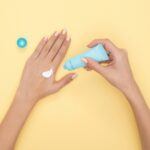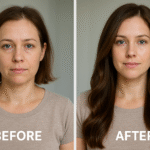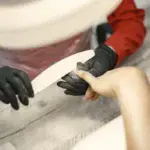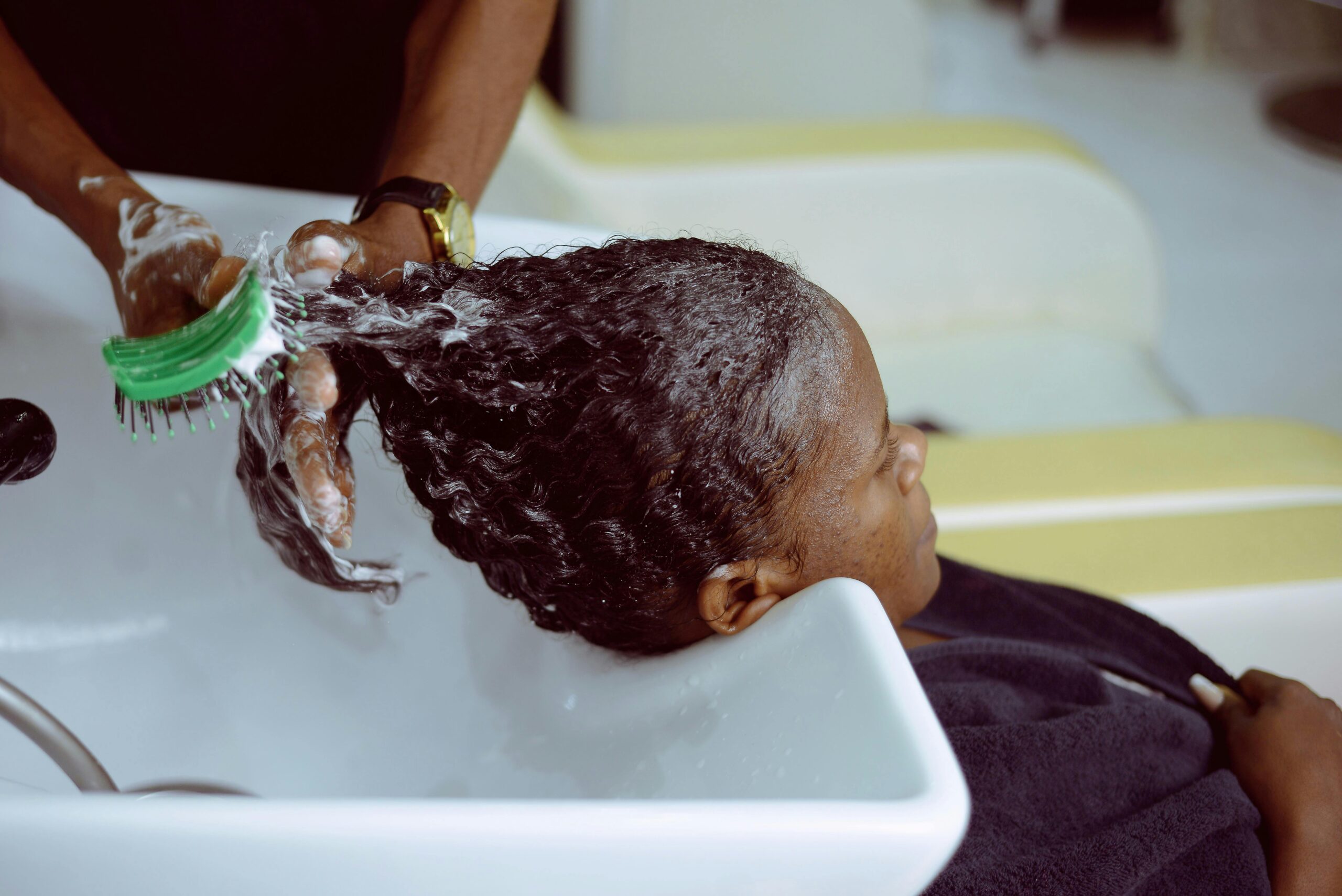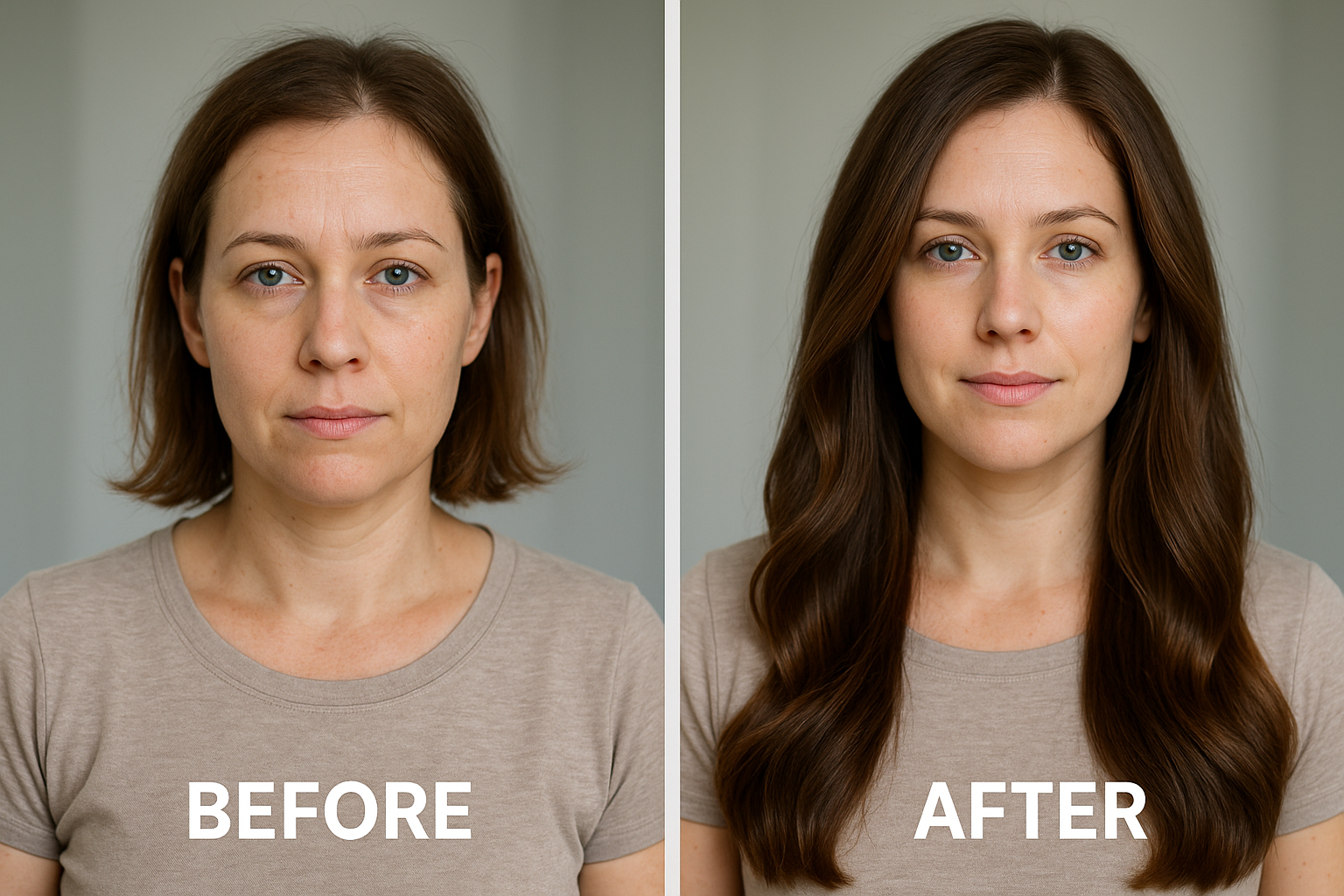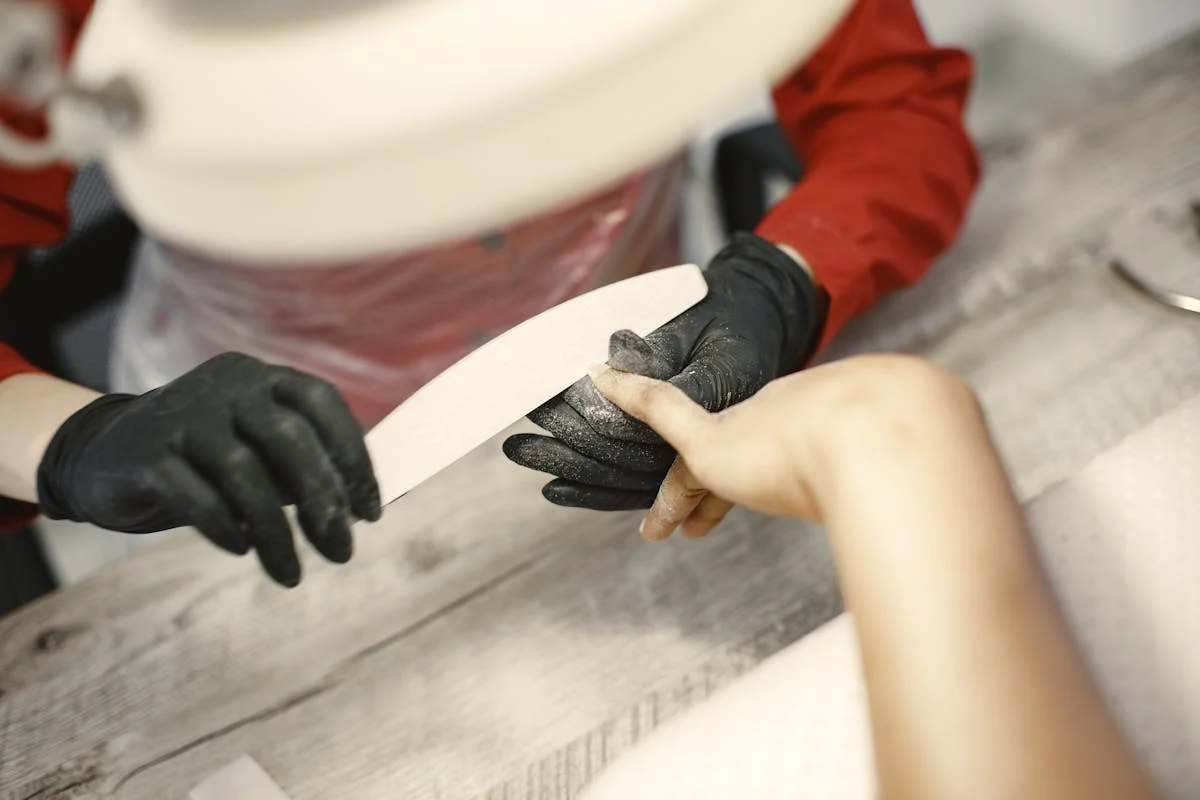I’ve been there. Standing in the shampoo aisle, staring at rows upon rows of bottles promising to transform my parched, straw-like hair into a silky cascade of dreams. Sound familiar?
If your hair feels more like tumbleweeds than touchable tresses, you’re not alone. Dry hair affects millions of people worldwide, and finding the right hydrating shampoo can feel like searching for a needle in a haystack. But here’s the thing: once you understand what makes a shampoo truly hydrating, everything changes.
Today, we’re diving deep into the science and art of hydrating shampoos. I’ll walk you through the game-changing ingredients, debunk common myths, and share insider secrets that’ll have your hair thanking you. Ready to transform your hair care routine? Let’s get started.
The Science Behind Dry Hair: Why Your Locks Are Thirsty
Before we talk solutions, let’s understand the problem. Dry hair isn’t just about appearance—it’s about structure. Your hair cuticles (think of them as tiny shingles on your hair shaft) become raised and damaged, allowing moisture to escape faster than you can say “bad hair day.”
Several factors contribute to this moisture exodus:
- Over-washing with harsh sulfates strips natural oils
- Environmental stressors like the sun, wind, and pollution
- Heat styling without proper protection
- Chemical treatments that alter hair structure
- The natural aging process that reduces sebum production
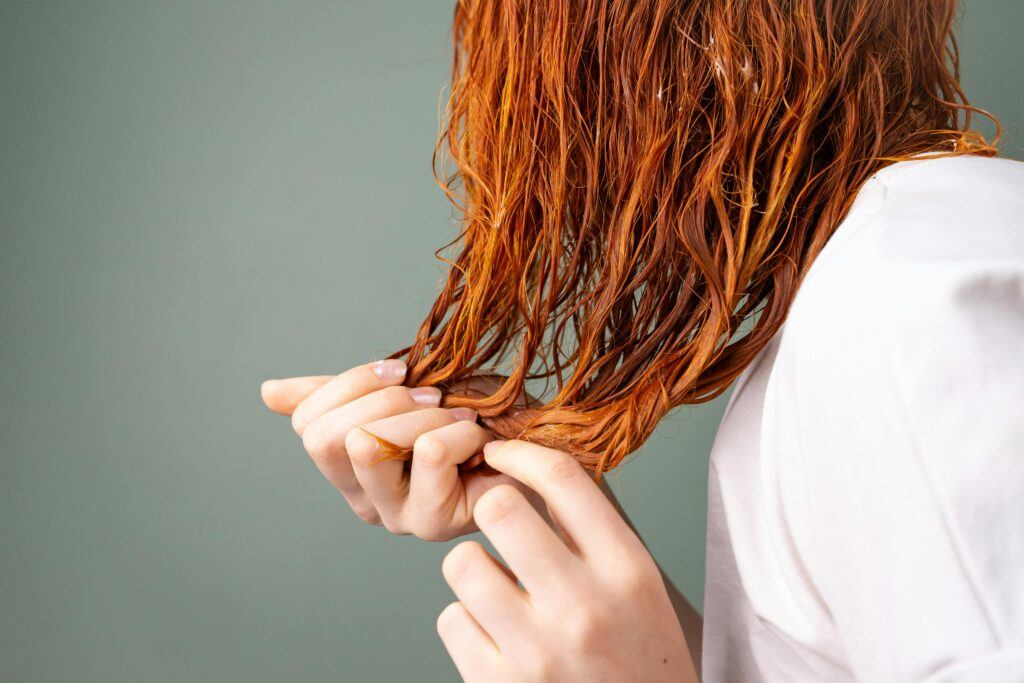
The key to solving dry hair lies in finding a shampoo that cleanses without stripping, while simultaneously delivering deep hydration. It’s a delicate balance that requires the right formulation and ingredients working in harmony.
The Hydrating Shampoo Hall of Fame: Ingredients That Work
Here’s where the magic happens. Not all hydrating ingredients are created equal, and understanding the difference can revolutionize your hair care game.
Powerhouse Humectants
Hyaluronic acid isn’t just for your skincare routine anymore. This moisture magnet can hold up to 1,000 times its weight in water, making it a game-changer for dry hair. When used in shampoos, it creates a moisture reservoir that your hair can tap into throughout the day.
Glycerin is another humidity hero, but here’s the catch—it works best in moderate humidity. In very dry conditions, it can pull moisture from your hair. The trick is finding formulations that balance glycerin with protective ingredients.
Nourishing Natural Oils
Argan oil has earned its reputation as “liquid gold” for good reason. Rich in vitamin E and fatty acids, it penetrates the hair shaft to provide deep nourishment without weighing hair down.
Coconut oil is particularly effective for damaged hair because its molecular structure allows it to penetrate deeply. However, if you have low-porosity hair, coconut oil might sit on top rather than absorb something so keep in mind when choosing your formula.
Soothing Botanicals
Aloe vera isn’t just for sunburns. Its polysaccharides form a protective film on hair strands, locking in moisture while providing a soothing sensation to irritated scalps.
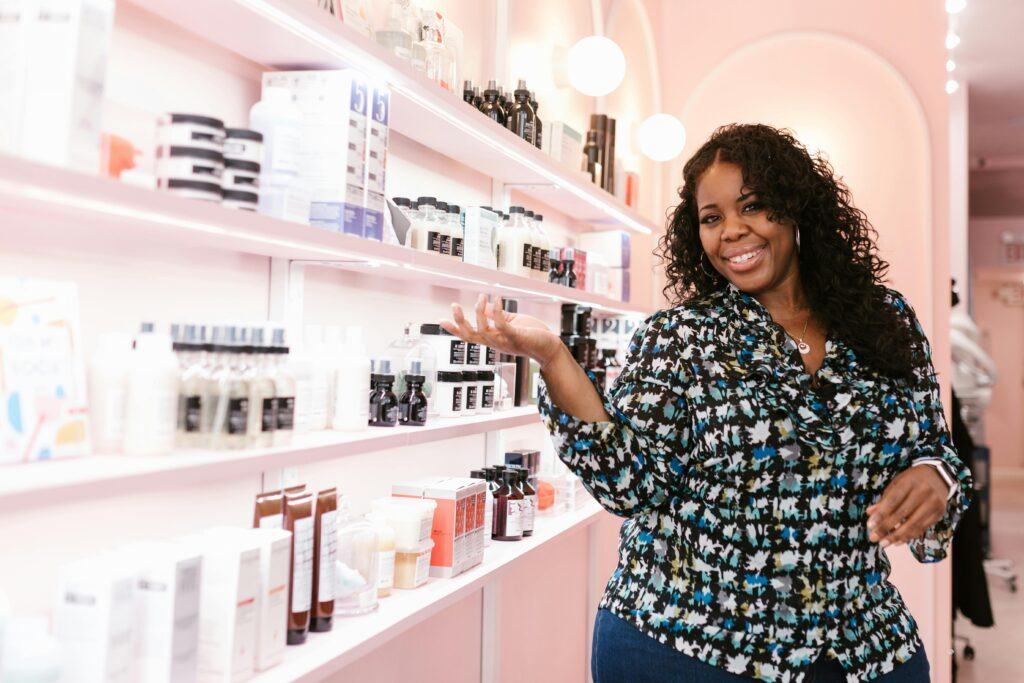
What to Avoid: The Moisture Thieves Hiding in Your Shampoo
Now for the plot twist—some ingredients commonly found in shampoos are working against your hydration goals.
The Sulfate Situation
Sodium lauryl sulfate (SLS) and sodium laureth sulfate (SLES) create that satisfying lather we associate with “clean,” but they’re incredibly harsh. These detergents strip away natural oils along with dirt and buildup, leaving your hair more parched than when you started.
The alternative? Sulfate-free formulations that use gentler cleansing agents like cocamidopropyl betaine or sodium cocoyl isethionate. These clean effectively without the harsh stripping action.
Alcohol Alert
Drying alcohols like denatured alcohol, ethanol, and isopropyl alcohol can sabotage your hydration efforts. However, not all alcohols are villains—fatty alcohols like cetyl alcohol and stearyl alcohol help condition and moisturize hair.
Protein Overload
While protein treatments can be beneficial for damaged hair, too much protein can make dry hair feel brittle and straw-like. Look for shampoos that balance protein with moisture, or alternate protein-rich products with purely hydrating formulations.
The Perfect Hydrating Shampoo Formula: What to Look For
After years of trial and error (and more bad hair days than I care to count), I’ve identified the key characteristics of truly effective hydrating shampoos.
pH Balance Matters
Your hair’s natural pH ranges from 4.5 to 5.5, slightly acidic. Shampoos with a pH in this range help keep cuticles smooth and sealed, preventing moisture loss. Many conventional shampoos have a pH between 6 and 8, which can leave cuticles raised and vulnerable.
Molecular Weight Magic
The size of moisturizing molecules matters. Smaller molecules like panthenol (Pro-Vitamin B5) can penetrate the hair shaft, while larger molecules like certain proteins form a protective film on the surface. The best hydrating shampoos combine both for comprehensive moisture delivery.
Gentle Cleansing Power
Effective hydrating shampoos use mild surfactants that cleanse without over-stripping. Look for ingredients like:
These create a gentle foam that removes buildup while preserving your hair’s natural moisture balance.
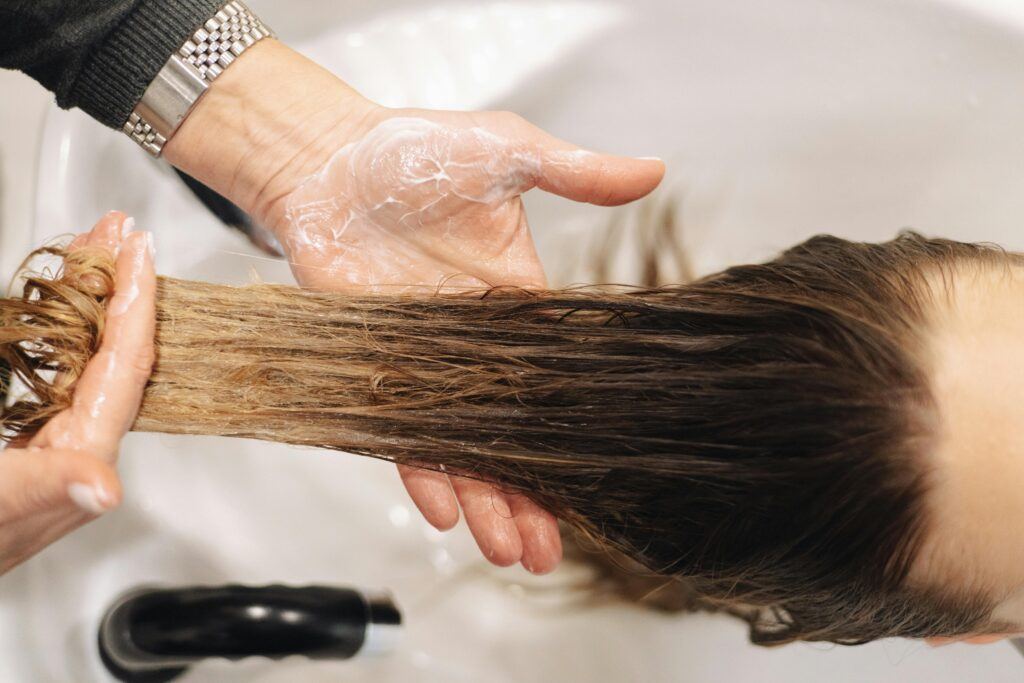
Hair Type Matters: Customizing Your Hydrating Approach
Not all dry hair is the same, and your hydrating shampoo choice should reflect your unique hair characteristics.
Fine Hair Challenges
If you have fine, dry hair, you’re walking a tightrope. You need moisture without weight. Look for lightweight hydrating ingredients like silk proteins, panthenol, and hyaluronic acid. Avoid heavy oils and butters that can overwhelm delicate strands.
Curly and Coily Hair Considerations
Curly and coily hair types are naturally drier because oils from the scalp have a harder time traveling down twisted hair shafts. These hair types benefit from richer formulations with shea butter, coconut oil, and glycerin.
The key is finding the right concentration—enough to nourish without causing buildup.
Color-Treated Hair Needs
Chemical processing opens the hair cuticle, making strands more porous and prone to moisture loss. Color-treated hair benefits from shampoos with UV protection, antioxidants like vitamin E, and gentle cleansing agents that won’t strip color.
The Top 20 Hydrating Shampoos That Deliver
After extensive research and real-world testing, here are the hydrating shampoos that consistently deliver results:
Luxury Picks
Oribe Gold Lust Repair & Restore Shampoo combines argan oil with cypress extract for deep moisture and shine. Yes, it’s an investment, but the concentration of premium ingredients justifies the price.
Kérastase Nutritive Bain Satin 1 Shampoo is a French pharmacy favorite that smooths and nourishes without weighing hair down. Perfect for normal to slightly dry hair.
Professional Grade
Moroccanoil Hydrating Shampoo features argan oil and red algae in a sulfate-free formula. It’s gentle enough for daily use and works on all hair types.
Pureology Hydrate Shampoo is color-safe and enriched with jojoba, green tea, and sage. The concentrated formula means a little goes a long way.
Drugstore Heroes
Dove Nutritive Solutions Daily Moisture Shampoo proves that effective doesn’t have to be expensive. It provides everyday hydration at an accessible price point.
L’Oréal Paris EverPure Moisture Shampoo is sulfate-free and features rosemary and juniper for color-treated, dry hair.
Natural and Organic Options
SheaMoisture Raw Shea Butter Moisture Retention Shampoo combines shea butter with argan oil for intense hydration. It’s particularly effective for very dry, damaged hair.
Aveda Nutriplenish Shampoo is 94% naturally derived and features organic coconut and pomegranate oils.
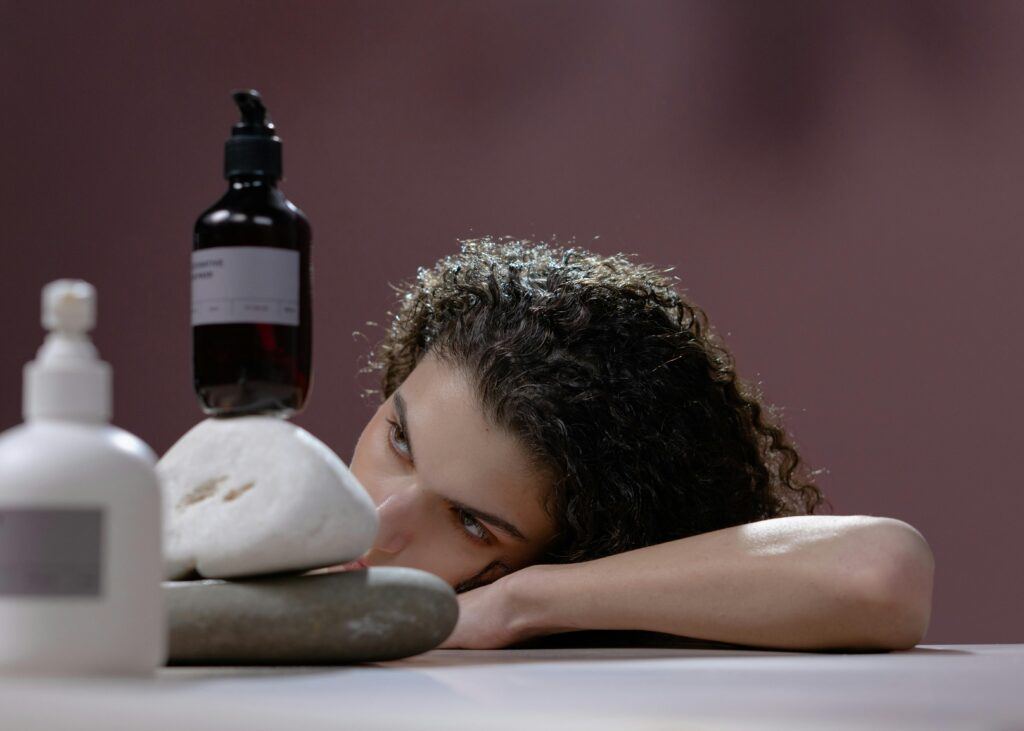
| Product | Best For | Key Ingredients | Price Range |
| Oribe Gold Lust | Very dry, damaged hair | Argan oil, cypress extract | $21-$112 |
| Food for Soft, {Matrix}. My Favorite | Every day hydration,All hair types | Shea butter, argan oil, avocado oil | $22-$36 |
| SheaMoisture Raw Shea | Very dry, textured hair | Shea butter, argan oil | $24 |
| Moroccanoil Hydrating | All hair types | Argan oil, red algae | $51 |
Application Techniques That Maximize Hydration
Even the best hydrating shampoo won’t work optimally if you’re not using it correctly. Here are the techniques that make a difference:
Pre-Shampoo Prep
Wet your hair thoroughly with lukewarm water before applying shampoo. This helps the product distribute evenly and prevents excessive manipulation of dry strands.
The Two-Shampoo Method
For very dry hair, try the double cleanse approach: First, use a small amount of shampoo to remove surface buildup. Rinse, then apply a second round, massaging gently into the scalp and allowing it to sit for 2-3 minutes before rinsing.
Scalp Focus Strategy
Concentrate shampoo application on your scalp, where oil and buildup accumulate. The suds that run down your hair length as you rinse are sufficient to cleanse the rest of your strands without over-stripping.
Frequently Asked Questions: Your Hydrating Shampoo Concerns Answered
Can I Use Hydrating Shampoo Every Day?
Yes, if it’s sulfate-free and gentle. However, very dry hair often benefits from less frequent washing—every 2-3 days allows natural oils to accumulate and provide additional moisture.
Will Hydrating Shampoo Weigh Down Fine Hair?
Not if you choose the right formula. Look for lightweight hydrating ingredients and avoid heavy oils and butters. Products labeled for “fine hair” or “volume” often provide hydration without weight.
How Long Before I See Results?
You should notice improved manageability within 1-2 washes, but significant improvements in hair texture and hydration typically develop over 2-4 weeks of consistent use.
Can Hydrating Shampoo Help with Frizz?
Absolutely. Frizz is often a symptom of dryness and damage. By improving your hair’s moisture levels and smoothing the cuticle, hydrating shampoos can significantly reduce frizz.
Is There a Difference Between Hydrating and Moisturizing Shampoo?
The terms are often used interchangeably, but technically, hydrating refers to water content while moisturizing refers to maintaining that water content. The best products do both.
Building Your Complete Hydrating Hair Care System
A hydrating shampoo is just the beginning. To maximize results, consider these complementary products:
The Conditioning Connection
Follow up with a matching conditioner or one specifically designed for dry hair. The conditioner provides additional moisture and helps seal the hair cuticle.
Weekly Deep Treatments
Incorporate a weekly hair mask or deep conditioner for intensive moisture replenishment. Look for treatments with ingredients like keratin, protein, or intensive oils.
Leave-In Protection
Leave-in conditioners and hair oils provide ongoing protection throughout the day. Apply to damp hair, focusing on mid-lengths and ends.
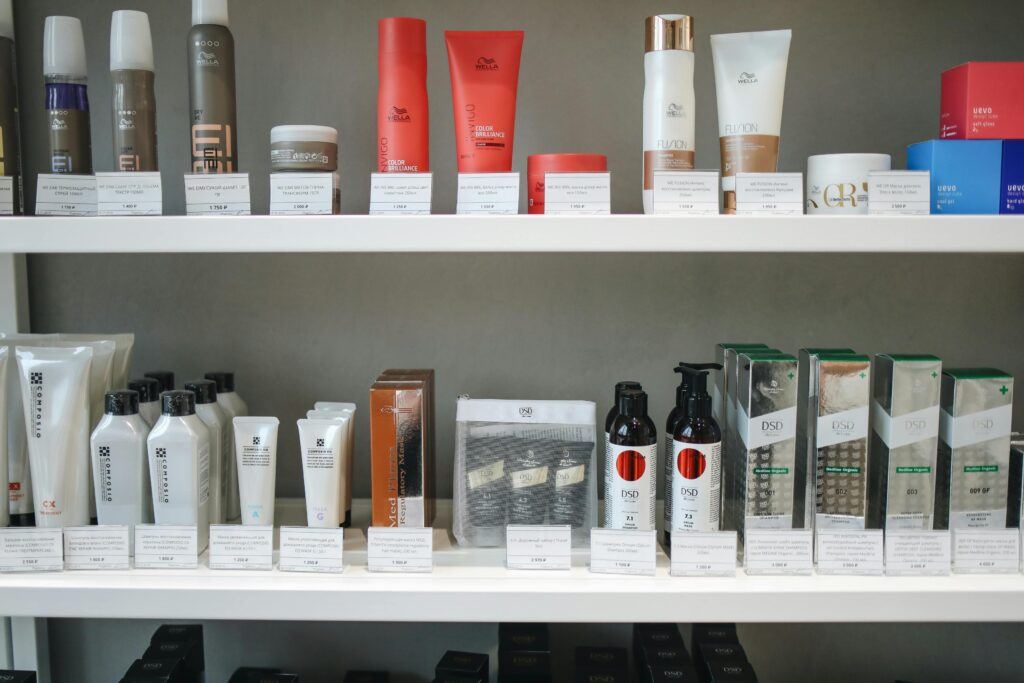
Common Mistakes That Sabotage Your Hydrating Efforts
Even with the best intentions, these common missteps can undermine your hydrating shampoo’s effectiveness:
Water Temperature Errors
Hot water strips natural oils and can make dry hair even drier. Stick to lukewarm water for washing, and finish with a cool rinse to seal cuticles.
Over-Cleansing Syndrome
More isn’t always better. Using too much product or washing too frequently can overwhelm your hair and scalp, leading to buildup or irritation.
Mixing Incompatible Products
Not all products play well together. Avoid using clarifying shampoos on the same day as hydrating treatments, and be cautious about combining multiple protein-rich products.
The Future of Hair Hydration: Emerging Trends and Technologies
The hair care industry continues to evolve, with exciting developments on the horizon:
Biomimetic Ingredients
Scientists are developing ingredients that mimic hair’s natural structure, providing more targeted and effective hydration.
Personalized Formulations
Custom shampoos based on individual hair analysis are becoming more accessible, allowing for truly personalized hydrating solutions.
Sustainable Innovations
Eco-friendly packaging and naturally-derived ingredients are becoming standard as consumers demand both effectiveness and environmental responsibility.
Your Action Plan: Choosing and Using Your Perfect Hydrating Shampoo
Now that you’re armed with knowledge, here’s your step-by-step plan:
Step 1: Assess Your Hair
- Determine your hair type, texture, and specific concerns
- Consider any chemical processing or damage
Step 2: Read Ingredient Lists
- Look for hydrating heroes like hyaluronic acid, natural oils, and gentle cleansers
- Avoid sulfates, drying alcohols, and excessive proteins
Step 3: Start Your Trial
- Choose 2-3 products that match your criteria
- Test each for 2-4 weeks before making a final decision
Step 4: Optimize Your Routine
- Adjust washing frequency based on results
- Add complementary products as needed
Step 5: Monitor and Adjust
- Pay attention to how your hair responds
- Be willing to switch products if your hair’s needs change
The Bottom Line: Hydration Is a Journey, Not a Destination
Finding the perfect hydrating shampoo isn’t about discovering one magical product, it’s about understanding your hair’s unique needs and choosing products that work with, not against, your hair’s natural characteristics.
Remember, healthy hair starts with a healthy scalp and gentle, consistent care. The best hydrating shampoo is one that cleanses effectively while delivering the specific type and level of moisture your hair craves.
Your journey to hydrated, healthy hair might involve some trial and error, but armed with this knowledge, you’re well-equipped to make informed choices. Whether you invest in a luxury formula or find your perfect match at the drugstore, the key is consistency and patience.
Your hair didn’t become dry overnight, and it won’t transform overnight either. But with the right hydrating shampoo and proper technique, you’ll be amazed at how much softer, shinier, and more manageable your hair can become.
Ready to ditch the dry hair blues? Your perfect hydrating shampoo is waiting—you just need to know where to look and what to look for. Here’s to your healthiest, most hydrated hair yet!
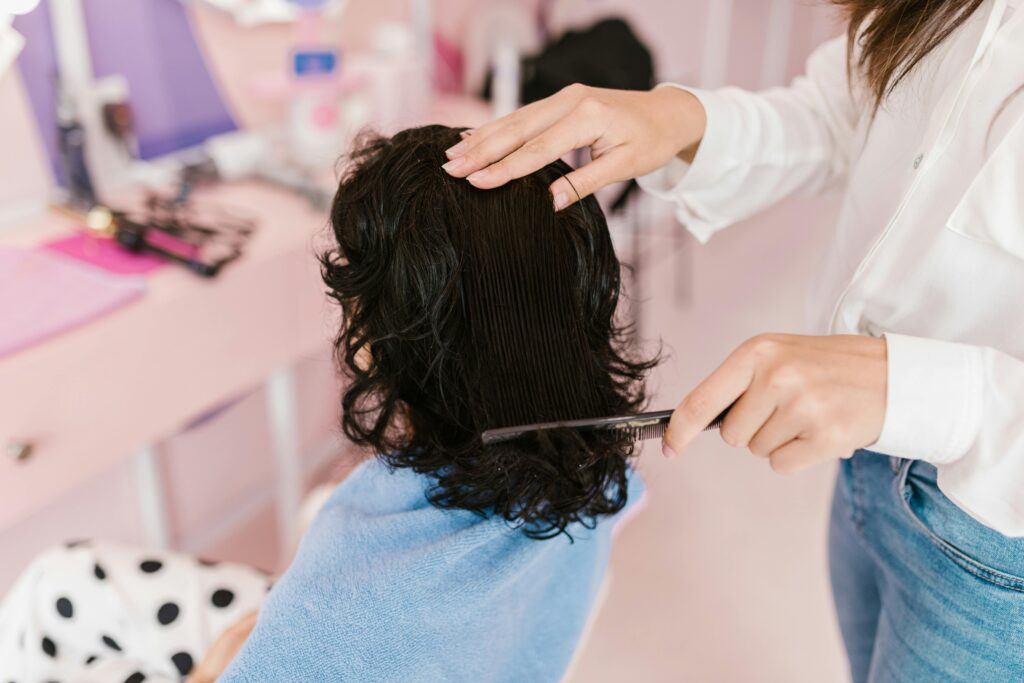
Have you found your holy grail hydrating shampoo? Share your experiences in the comments below, and don’t forget to bookmark this guide for future reference. Your hair transformation journey starts now!


